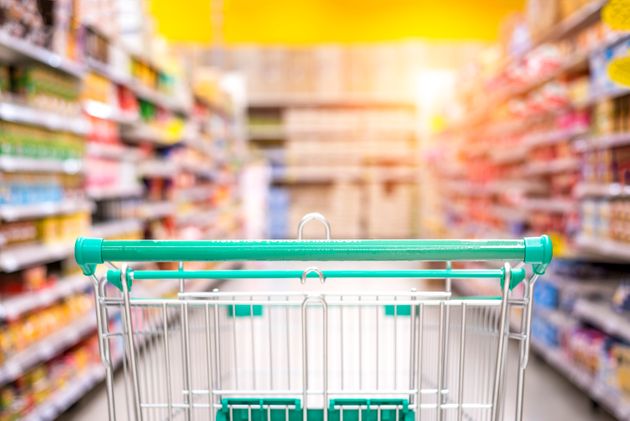
Food assistance programs provide low-income Americans with access to healthy, affordable food. This year, there’s an array of new food assistance programs available to help those in need. Here’s a comprehensive guide to the different food assistance programs for 2023 and how you can access them.
Supplemental Nutrition Assistance Program (SNAP)
The Supplemental Nutrition Assistance Program (SNAP) is one of the most widely available and widely used food assistance programs in the United States. SNAP benefits are provided through electronic benefit transfer cards which can be used at authorized retailers across the country. To qualify for SNAP, applicants must meet certain financial and residency requirements. Additionally, applicants must have a valid social security number and be able to provide proof of income. The amount of SNAP benefits received is based on household size and income level.
National School Lunch Program (NSLP)
The National School Lunch Program (NSLP) is a federally funded program that provides free or reduced-price meals to students at participating schools. The NSLP is open to all students regardless of their family’s income level; however, students from households with incomes below 130% of the federal poverty level are eligible for free meals while those with incomes between 130% and 185% of the federal poverty level are eligible for reduced-price meals. In order to receive NSLP benefits, parents must complete an application either through their school district or online at https://www.fns.usda.gov/nslp/how-apply .
Commodity Supplemental Food Program (CSFP)
The Commodity Supplemental Food Program (CSFP) is a USDA program that provides supplemental foods such as grains, fruits, vegetables, protein items, and dairy products to low-income seniors aged 60 or older who meet certain eligibility requirements including residence within a CSFP service area and household income below 130% of the federal poverty level. Eligible seniors may receive up to one month’s worth of CSFP foods at no cost from participating distribution sites across the country; however, participants must re-apply each month in order to continue receiving benefits under this program.
Conclusion:
Food assistance programs provide necessary resources for low-income Americans who may otherwise not have access to healthy food options. This year there are several new food assistance programs available that can help those in need get access to nutritious meals at no cost or reduced prices. Whether you’re looking for short term assistance during an emergency situation or long term support due to chronic financial hardship, these programs can provide much needed relief – all you have to do is take advantage of them! If you think you may be eligible for any of these programs, visit your local Department of Social Services today or apply online at https://www.fns.usda.gov/foodassistance/. Good luck!